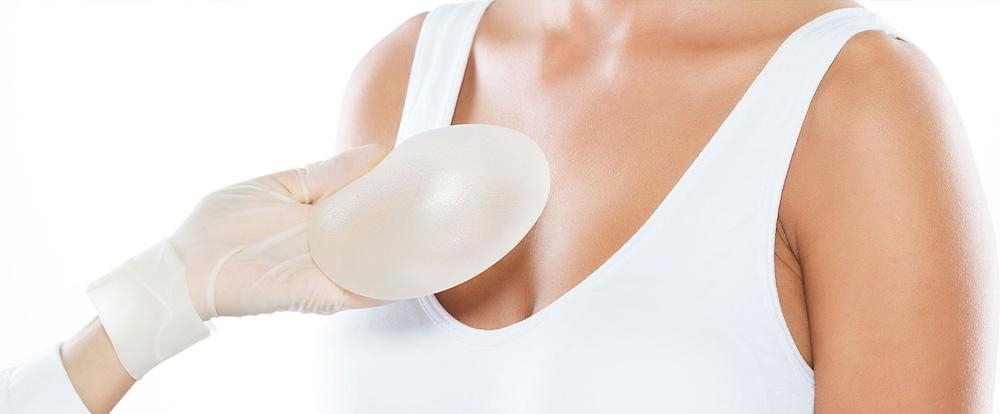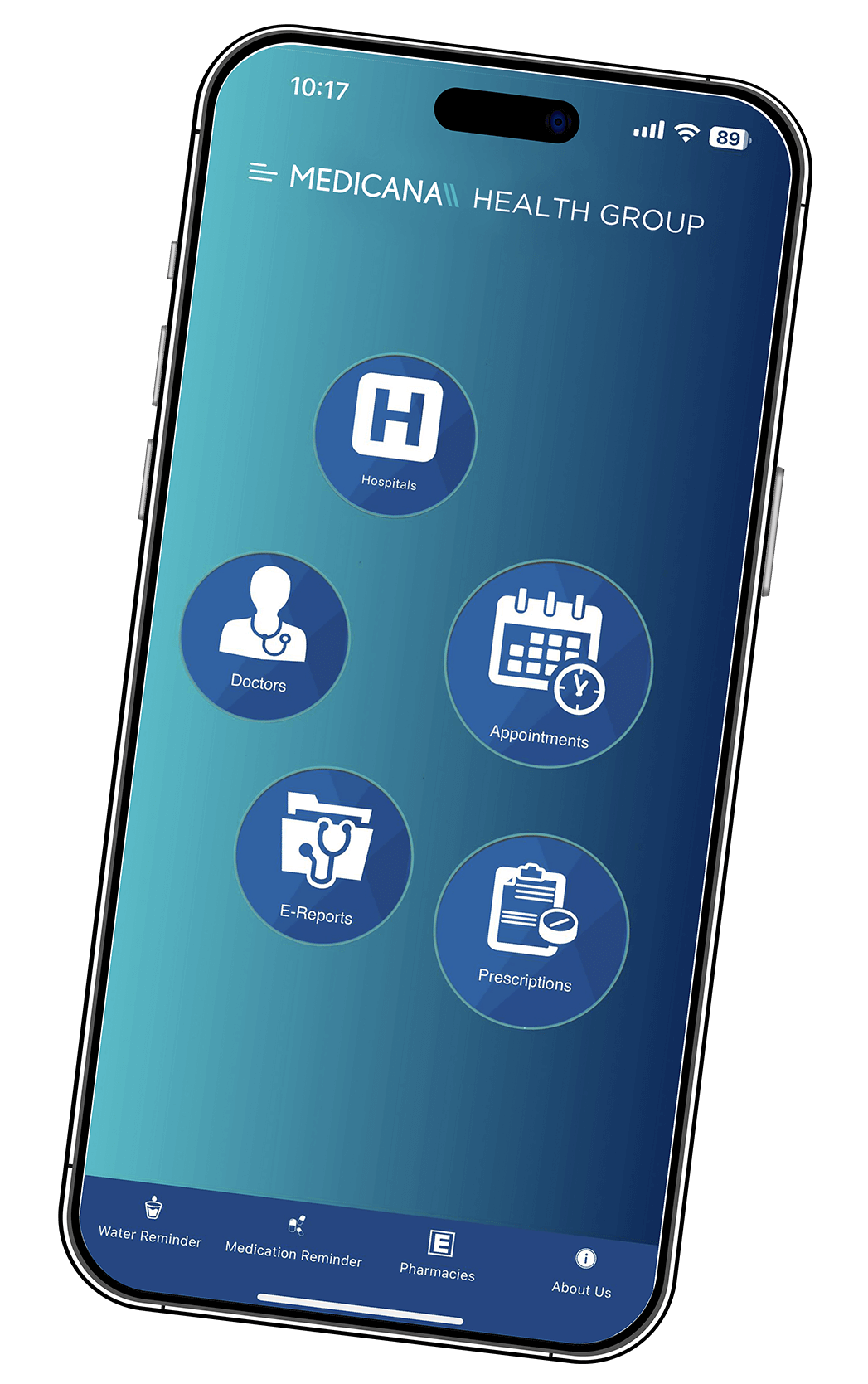Breast Augmentation

Overview
Breast augmentation is a surgical procedure to enlarge the breast. In breast augmentation surgery, a breast implant is placed underneath the mammary tissue or under the muscles of the rib cage to achieve the desired size of the breast. If there are problems with the appearance of the breast along with the size, a mastopexy (breast lift) and other reconstructive operations can be done in the same session.
If you want to have your breast(s) augmented, please consult our plastic surgeons for techniques, expectations, potential risks, size of implant, and shape of the breast.
Why is the breast augmentation procedure done?
Women may prefer breast implants to make their breasts appear more prominent and better toned.
On the other hand, they may need breast augmentation for the reconstruction of the breast (the combination of reconstructive and cosmetic indications) if one or both breasts are removed due to breast cancer.
Therefore, breast augmentation is performed for the following conditions;
• Woman feels that the breast is too small
• Asymmetry of breasts
• Removal of one or both breasts, most probably due to cancer
• Changes in size, tone or shape of the breast as a result of physiological processes such as aging, weight loss, and childbearing
It would help if you discussed the aim of breast augmentation with our plastic surgeon to get the most realistic and satisfactory outcomes.
Risks
The potential risks of breast augmentation surgery are listed below.
Although all possible measures that modern medicine allows are taken to prevent the occurrence of risks, it is impossible to warrant that the risks will be eliminated.
• Loss or change of sensation in the breast: It is primarily temporary and disappears after six months to 1 year. Sometimes, loss or change of sensation is confined to one breast. On the other hand, the loss or change of sensation can be permanent, albeit very rare.Perforation of implant or leakage
• Breast pain
• Abnormal scar tissue formation around the implant: Although scar tissue formation can be expected in all surgical procedures, irregular scar tissue around the implant may distort the shape of the breast.
• Infection
• Postoperative asymmetry of breasts
Our expert surgery team will employ all practices to minimize the risk of complications, and our plastic surgeons will preoperatively inform you about the risks listed above and all other potential complications and will address all your concerns.
Preparation
The first phase of preoperative preparation is the same in all Medicana Hospitals.
After you decide to have your breast(s) augmented and discuss it with our plastic surgeons, the following examinations are performed to determine if it is an option for you:
• Review of health history
• Review of health history
• A detailed physical examination
• Necessary laboratory tests and radiology studies
• Assessment by anesthesiologist and other laboratory tests and radiology studies to minimize anesthesia-related complications
After it is verified that the surgery does not pose a risk, you will be asked to quit smoking if you are a smoker and to stop taking certain medications that increase the risk of bleeding. All other prescribed and over-the-counter medications, herbal products, and supplements will also be questioned, and you will be informed to continue or stop taking them.
You will also be instructed to stop eating and drinking at a particular time before the surgery. You should strictly follow this instruction to undergo the surgery as scheduled.
Moreover, it is reasonable to plan discharge, post-discharge accommodation, and travel at this phase to manage the postoperative period better.
Surgery and Early Postoperative Period
Breast augmentation is performed by an expert plastic surgery team mostly under general anesthesia. Therefore, you will be unconscious during the surgery and you will feel nothing, including pain. The procedure takes about 1 to 1.5 hours.
Your plastic surgeon makes the incision on a natural crease of skin, also known as inframammary crease or fold, to hide the incision line. However, incision can be made on areola or armpit, whenever required. Your plastic surgeon will decide the place of the incision and inform you before the surgery.
Then, a pocket or cavity is created between the breast and the rib cage, and the breast implant is placed in this pocket according to the plan your plastic surgeon and you made jointly before the surgery.
Finally, the implant is centralized, the incision is stitched and the breast(s) are covered with a gauze dressing. If deemed necessary, your plastic surgeon may place small tubes, also known as a drain, that are removed in your first follow-up visit.
Saline or silicone implants are used for breast augmentation. You will be preoperatively informed about type, shape, size and surface features of the implant and the best implant is selected in line with your condition and preferences.
You may feel pain and recognize swelling in your breast(s) after the surgery and they are expected symptoms. Or, you may even notice bruising in the skin of the breast. These are expected symptoms that will spontaneously disappear within several weeks.
The scar tissue that forms along the incision line will fade over time, but its color will never be identical to your skin tone.
You will need compression bandage and wear a sports bra to support breasts and ensure the correct position of breast implants after the surgery.
Although you will feel minimal pain, your plastic surgeon will prescribe pain killer pills to manage the pain.
If your plastic surgeon used non-absorbable stitches and placed a drain to prevent accumulation of excess fluid and/or blood beneath the incision line, your doctor will instruct you the date they will be removed (usually the first postoperative follow-up visit).
Patients are usually discharged on the same day after breast augmentation surgery. However, your plastic surgeon will inform you whether you need to be observed or you should stay in hospital.
After you recover from anesthesia and you are ready to walk, you will be mobilized by or under the supervision of our healthcare professionals.
Before you are discharged, your plastic surgeon or another healthcare professional will inform you about the time interval that you should rest and the time that you can start non-strenuous exercises. Although routine daily life activities are allowed, your doctor will instruct you to avoid strenuous works for a particular time.
It is substantially important to follow those instructions to facilitate recovery period and get the best outcome from the surgery. Therefore, please ask all your questions to your plastic surgeon before you leave the hospital.
You should visit your plastic surgeon for follow-up visits that are scheduled before you are discharged.
If you experience warmth and redness in your incision line or breast, or if you have a fever or any symptoms that you think are due to surgery after you are discharged, contact your plastic surgeon immediately.
Results
Breast augmentation aims that breast(s) appear larger, more toned, but also natural.
If you clearly inform your plastic surgeon about your expectations before undergoing a breast augmentation, your satisfaction with outcomes will be maximized and the risk of implant removal or revision surgery will be minimized.
However, you should always remember the following details about breast augmentation surgery:
Breast augmentation does not eliminate the effects of the aging on the breast(s). After breast augmentation, the breasts may sag due to aging or weight gain and loss. Breast implants may wear and perforate over time or it may be necessary to change implants due to any other reason.
If you plan pregnancy after breast augmentation, breastfeeding can be more difficult than usual. If you are not satisfied with the results and if you want the removal of the implants, you may need additional surgery(ies). You may face difficulties in mammography that is recommended for all women at a certain range of age, or you may even need extra techniques and examinations.




























